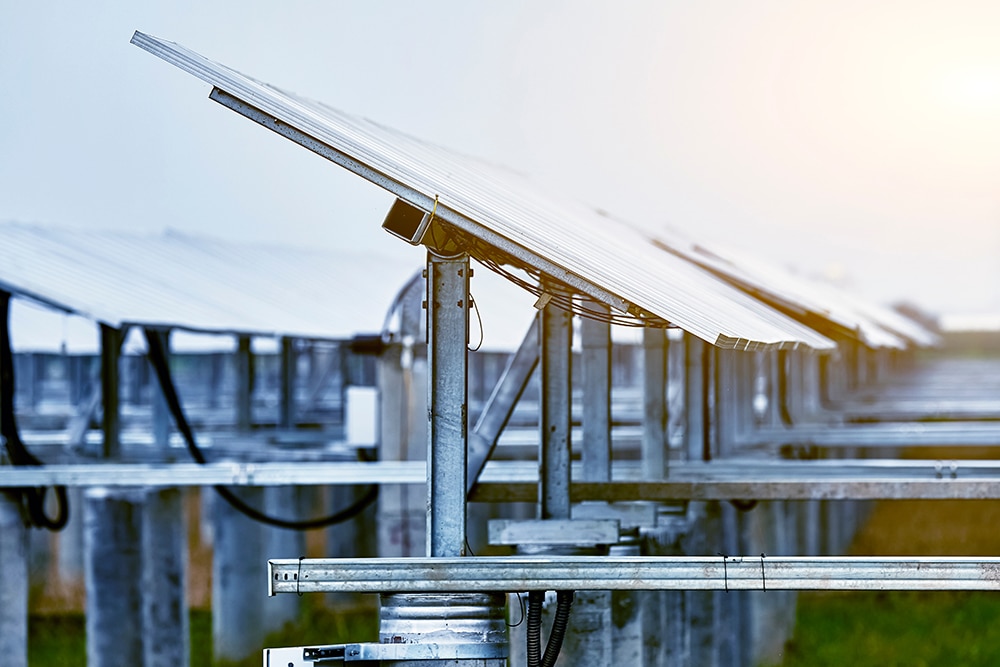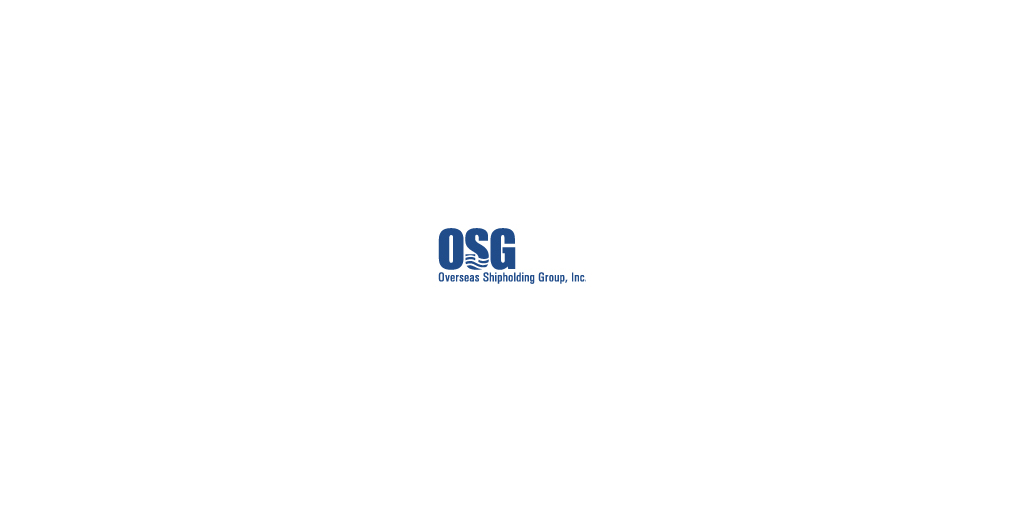After aluminum prices increased in the spring and early summer, bulls became exuberant, believing that “green” initiatives like EVs, renewables, and associated power transmission technology would push the metal price higher. However, contrary to their expectations, the LME price continued to fall steadily since early June, a trend mirrored on China’s SHFE. This decline leaves aluminum buyers unsure about future prices. In fact, many must now question what factors are really driving the market if demand from new technologies has faded.
The enthusiasm largely depended on a rise in Chinese consumption. As the world’s largest consumer of aluminum, China’s economic slowdown and correspondingly disappointing demand have significantly impacted aluminum prices. Despite expectations of mild stimulus from Beijing, the anticipated increase in spring activity has yet to occur.

Meanwhile, investments in green initiatives, whether in private consumption or corporate ventures, have been lackluster. This is particularly true in Europe, where sluggish economic growth continues to hinder investment across multiple sectors. Meanwhile, poor manufacturing PMIs indicate weak industrial activity in both Europe and the U.S., further weighing on aluminum prices.
Receive weekly aluminum price updates and aluminum market intelligence on aluminum prices, helping your company adapt and thrive in the face of changing demand dynamics. Opt into MetalMiner’s free weekly newsletter.
Rising Aluminum Prices Meet Oversupply
Rising aluminum prices in Q1 prompted some restocking despite consumers starting the year with more inventory than they probably needed. Weak demand also led to increasing primary aluminum inventories in LME-registered warehouses, depressing sentiment and putting pressure on prices.
Despite thin margins and weak demand, China recently reached record levels of aluminum production, unrestrained by last year’s drought restriction on hydropower. Meanwhile, high levels of cheap imports from Russia have also contributed to the oversupply situation.

Over the past couple of years, the SHFE premium over the LME had become so significant that it boosted aluminum flows into China, with imports of unwrought aluminum and products jumping 27.5% year to date since October 2023. Inevitably, this inflow depressed the SHFE price even more than the LME.
At MetalMiner, we have often discussed the inverse correlation between the USD and commodity prices. While it doesn’t always hold true, the strength of the USD has arguably pressured metal prices in a general way.
View MetalMiner’s track record of forecasting where industrial metal prices are headed.
Renewables May Not Pay Off Until Later
Realistically, demand from green initiatives was always a long-term prospect. Speculators got ahead of themselves, expecting aluminum and copper prices to rise soon because of renewables and EVs. If (or when) renewable demand materializes, it will likely be in the latter part of the decade. Legislation roll-backs are already occurring, while EV automotive targets and subsidies are seeing reductions in a Europe-wide tight budget environment.
Meanwhile, mills and traders continue to hold on, hoping for some stability in price levels. At the same time, consumers are unable to take full advantage of falling prices due to weak demand and high inventory levels. Currently, the market benefits almost no one. But at least consumers can keep forward commitments light, as there appears to be little on the horizon over the coming months to support prices.
Monitor the price of aluminum! MetalMiner’s monthly free MMI report gives monthly price trends for 10 different metal areas, including copper, stainless, aluminum and precious metals. Sign up here!




